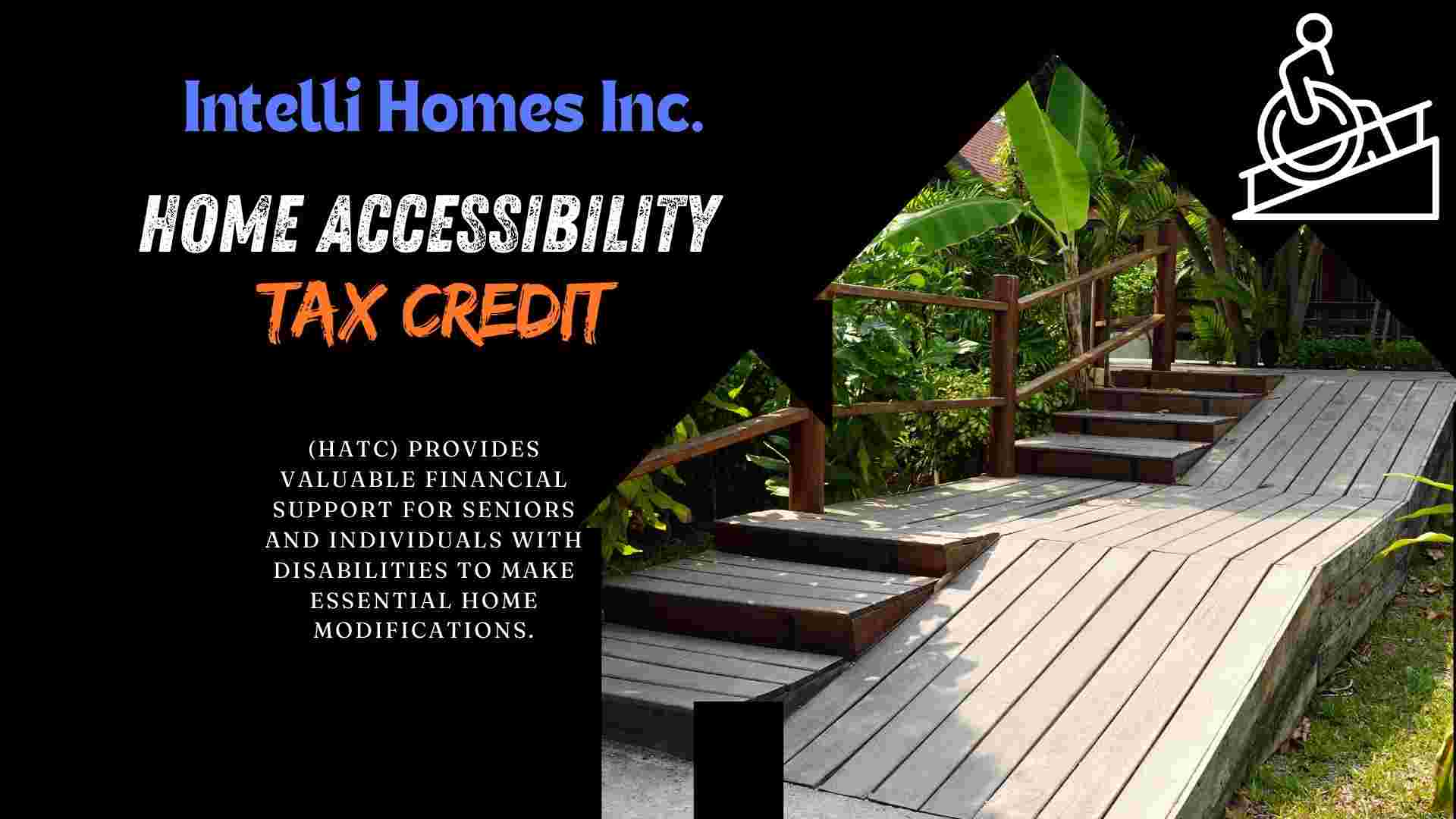The Home Accessibility Tax Credit (HATC) is a federal initiative designed to help Canadians offset the cost of making their homes more accessible. This tax credit aims to support seniors and individuals with disabilities by providing financial relief for home renovations that improve accessibility and safety.
Who Can Benefit from the HATC?
The HATC is available to:
- Seniors:
- Individuals who are 65 years of age or older at the end of the tax year.
- Persons with Disabilities:
- Individuals eligible for the Disability Tax Credit (DTC).
- Eligible Individuals:
- Family members who support a senior or a person with disabilities can also claim the credit if the renovations were made to a home that is regularly inhabited by the qualifying individual.

Eligible Renovations
To qualify for the HATC, the renovations must be:
- Permanent:
- The improvements must be enduring and integral to the home.
- Accessibility-Enhancing:
- Renovations should allow the qualifying individual to gain access to the home or improve their mobility and safety within the home. Examples include installing ramps, walk-in bathtubs, wheel-in showers, grab bars, and widening doorways.
How to Apply for the HATC
- Document Eligible Expenses:
- Keep detailed records of all renovation expenses, including invoices and receipts, to substantiate the claim.
- Complete the Tax Form:
- On your annual income tax return, complete the section dedicated to the Home Accessibility Tax Credit. The specific line for this credit is line 31285 on the T1 General form.
- Submit Supporting Documents:
- While you do not need to submit receipts with your tax return, you should keep them in case the Canada Revenue Agency (CRA) requests verification.
Financial Benefits
- Tax Credit Calculation:
- The HATC is a non-refundable tax credit that allows you to claim up to $20,000 in eligible renovation expenses. The tax credit rate is 15%, providing a maximum benefit of $3,000 per year.
- Example: If you spend $15,000 on eligible renovations, you can claim $2,250 (15% of $15,000) as a tax credit.
- Non-Refundable Credit:
- The HATC reduces the amount of tax you owe but does not result in a refund if the credit exceeds your tax liability.
Impact on the Housing Crisis
- Promoting Aging in Place:
- By making it more affordable for seniors to stay in their homes, the HATC helps reduce the demand for long-term care facilities and supports the concept of aging in place.
- Enhancing Home Safety:
- Improved home accessibility and safety can prevent accidents and injuries, reducing healthcare costs and improving quality of life for seniors and individuals with disabilities.
- Encouraging Home Renovations:
- The HATC incentivizes homeowners to invest in renovations, which can stimulate the home improvement industry and create jobs.
- Reducing Institutional Care Demand:
- Enabling individuals to live independently for longer periods can alleviate pressure on institutional care facilities and healthcare systems.
Conclusion
The Home Accessibility Tax Credit (HATC) provides valuable financial support for seniors and individuals with disabilities to make essential home modifications. By enhancing accessibility and safety, the HATC promotes independent living and contributes positively to addressing broader housing and healthcare challenges in Canada.


